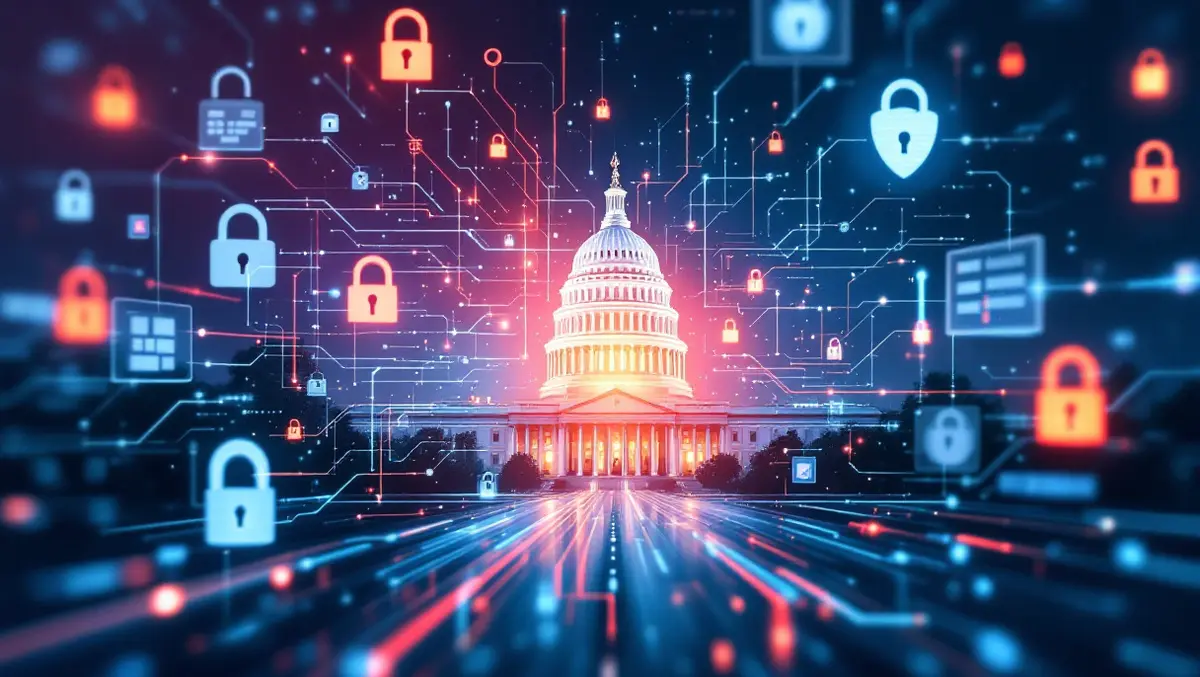
Cybersecurity concerns rise after US Treasury OCC breach
The disclosure of a significant data breach involving the Office of the Comptroller of the Currency (OCC), part of the U.S. Department of the Treasury, has raised alarms about the current state of cybersecurity defences. This incident, impacting over 100 bank regulators with access to more than 150,000 emails, marks the second such breach in recent months, revealing potential vulnerabilities in governmental cyber infrastructure.
Gabrielle Hempel, Security Operations Strategist and Threat Intelligence Researcher for Exabeam's TEN18 Team, commented on the possible connection between the OCC breach and an earlier attack on the Treasury. According to Hempel, "The timing and target profile suggest at least a similarity in actor intent, potentially indicating campaign coordination." The breaches exploited compromised email and cloud infrastructures, granting attackers access to communications filled with macroeconomic risk posturing details, which could potentially destabilise financial markets or influence regulated institutions.
Hempel emphasises the necessity of zero trust protocols in cybersecurity, pointing out that "a year-long dwell time on high-value mailboxes is indefensible." She argues that continuous monitoring and automated alerting for anomalies should be crucial components of government agencies' cybersecurity strategies. Sensitive data should be secured in hardened, encrypted systems rather than left vulnerable in email accounts, particularly in financial regulatory environments where downstream risks to other critical sectors exist.
Adding to the discourse, Joshua Roback, Principal Security Solution Architect at Swimlane, suggests a correlation, if indirect, between the OCC breach and the Treasury hack. Roback noted, "While it's difficult to know for sure if there is a tie, the breaches may share phases of the attack chain, such as initial information gathering." He cautions against dismissing quieter, more prolonged cyber espionage activities that tend to characterise actions by nation-state actors.
Roback's observations underscore the necessity for enhanced proactive threat detection measures. He emphasises the need for continuous assessment exercises like red teaming and purple teaming, alongside modern AI-driven automation strategies to stay ahead of sophisticated attack attempts.
The incidents illustrate that such breaches carry profound implications beyond immediate data loss. Access to sensitive financial information by financially motivated attackers can lead to outcomes comparable to insider trading or even facilitate financial fraud by granting illicit advantages in negotiations. In scenarios involving nation-state actors, the risks extend to threats of intellectual property theft and manipulation of geopolitical or economic negotiations.
The two breaches spotlight significant concerns regarding cybersecurity weaknesses within U.S. governmental agencies, as both incidents involved critical financial and regulatory information. The insights from Hempel and Roback underline the urgency of adopting robust defensive strategies and technologies to safeguard sensitive data against increasingly sophisticated cyber threats.
As the investigation into these breaches continues, the focus will likely increase on implementing advanced systems and protocols to protect crucial data assets. This includes not only reactive measures in response to attacks but also strategic advancements in threat anticipation and mitigation to prevent future breaches of this magnitude.


